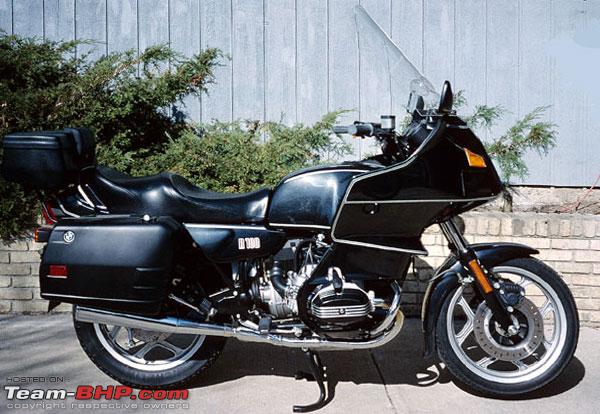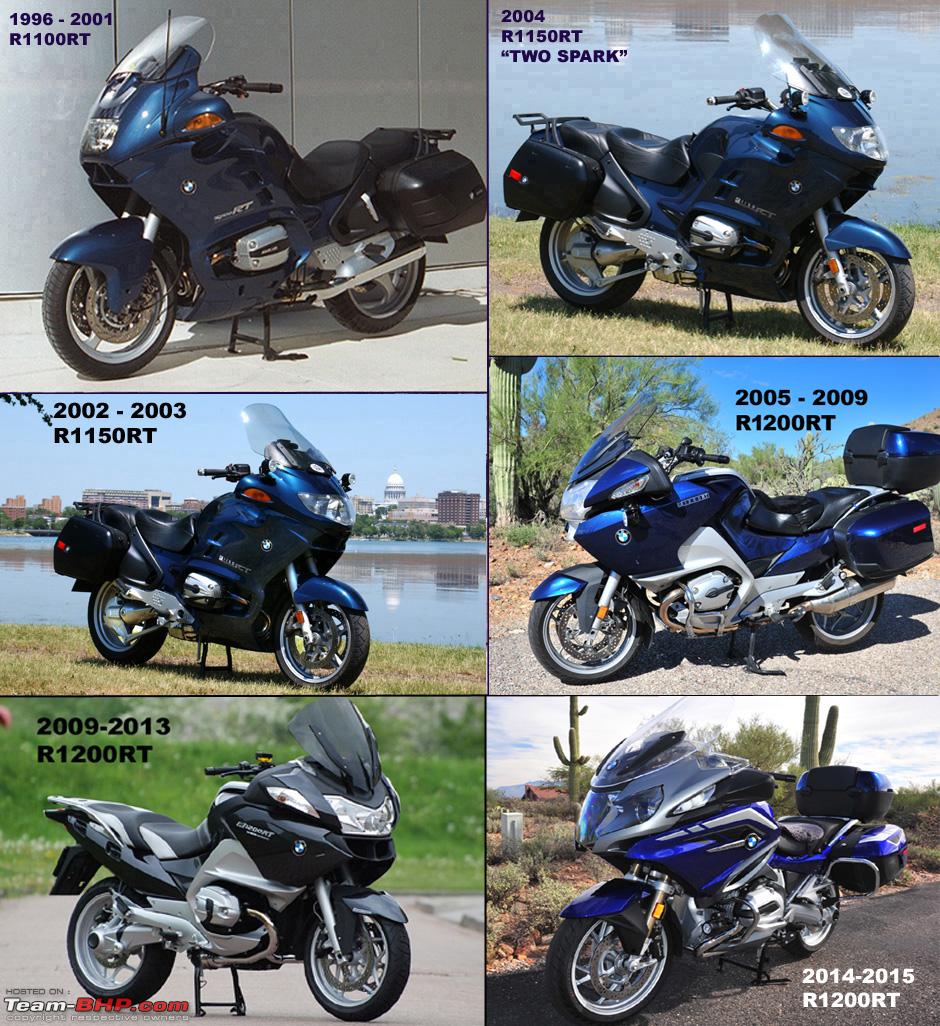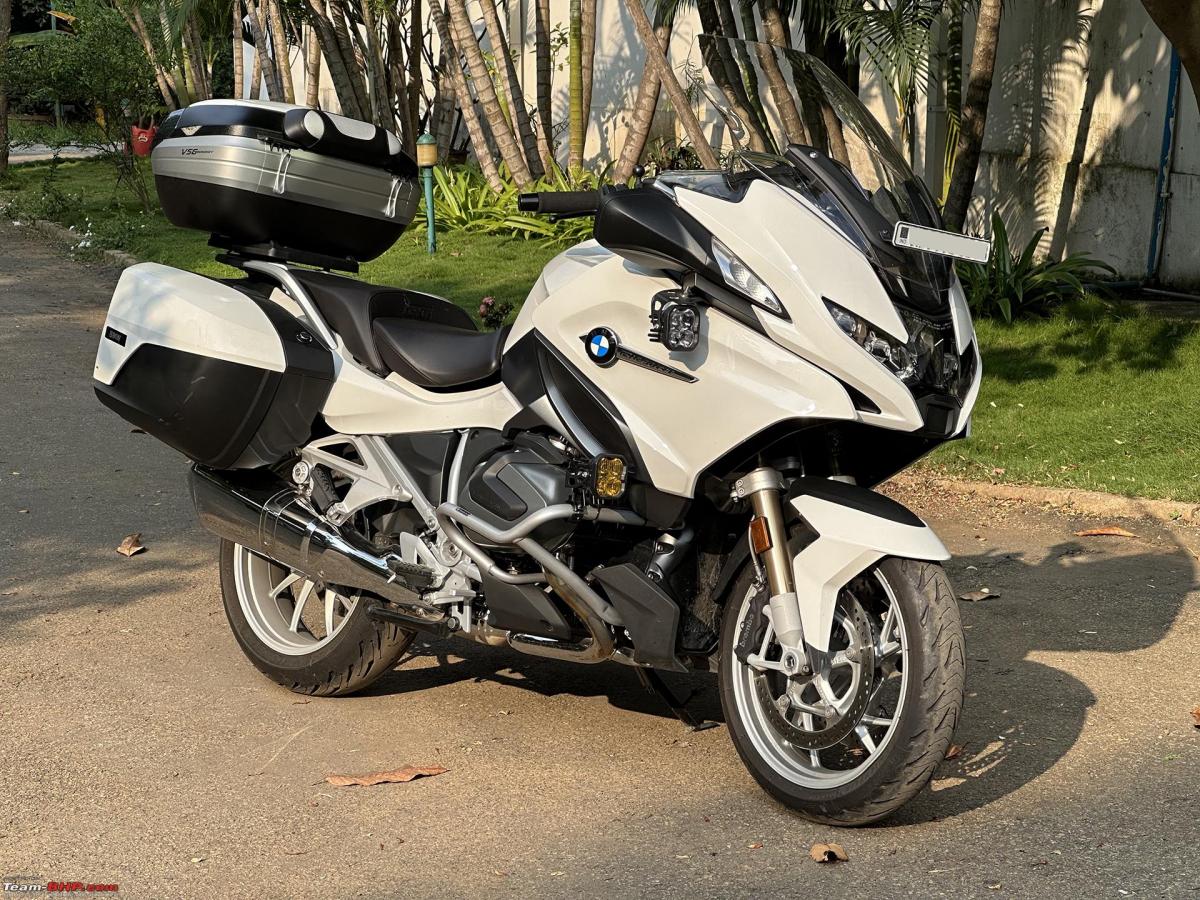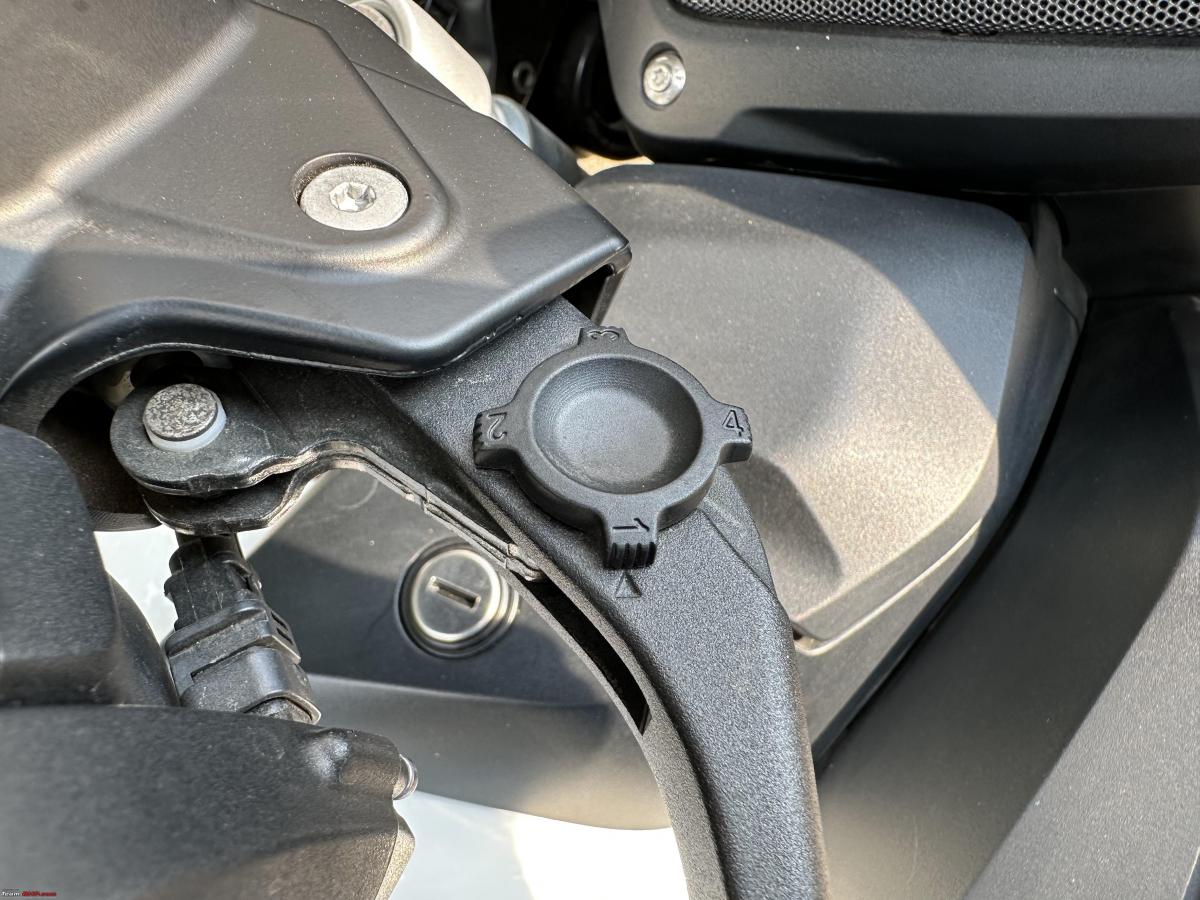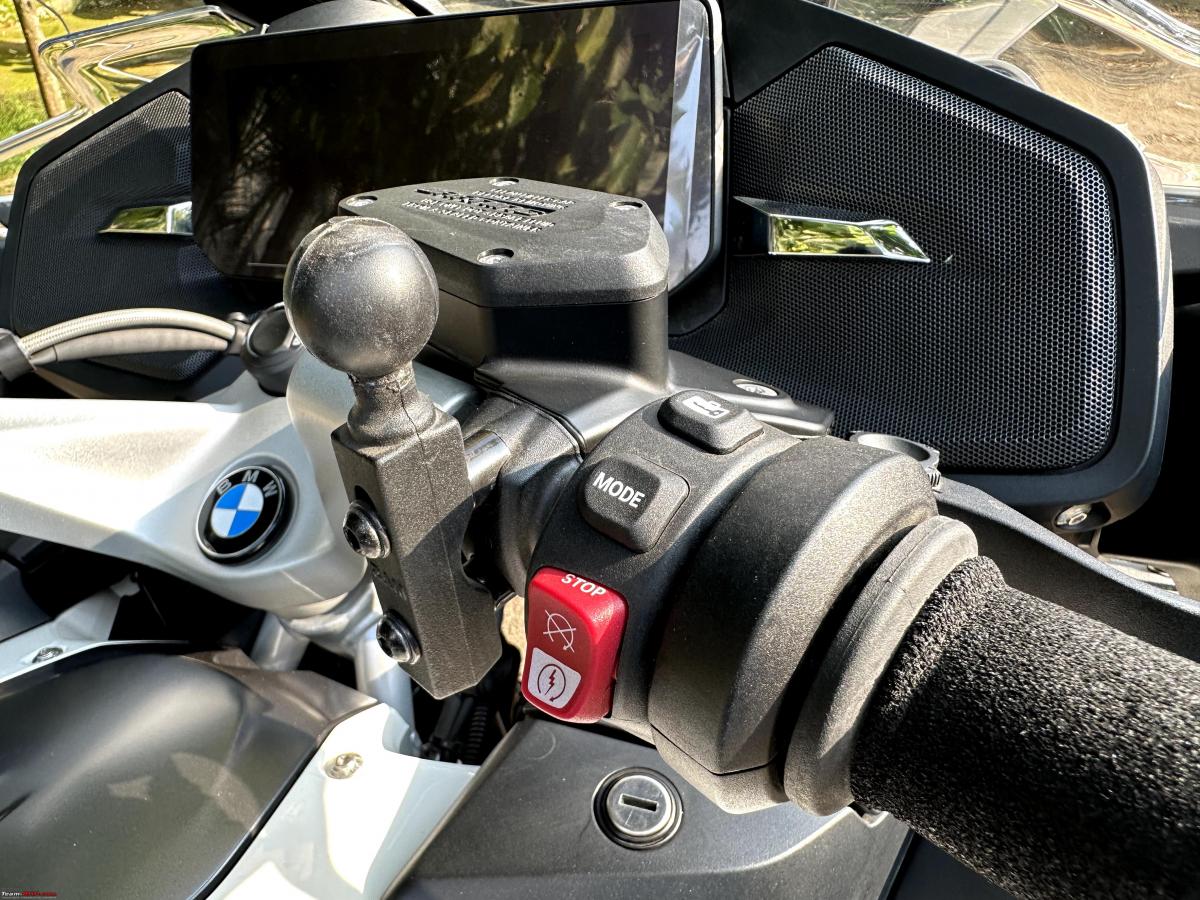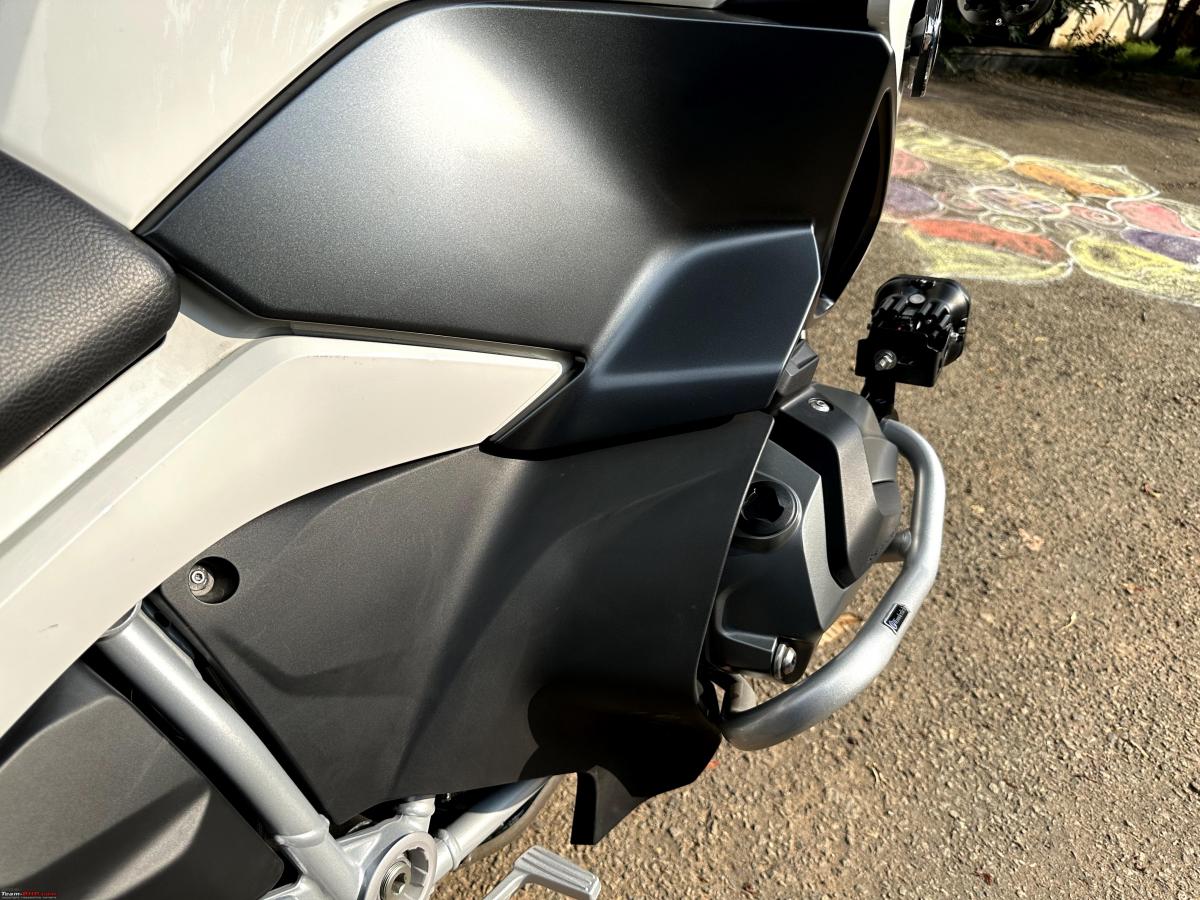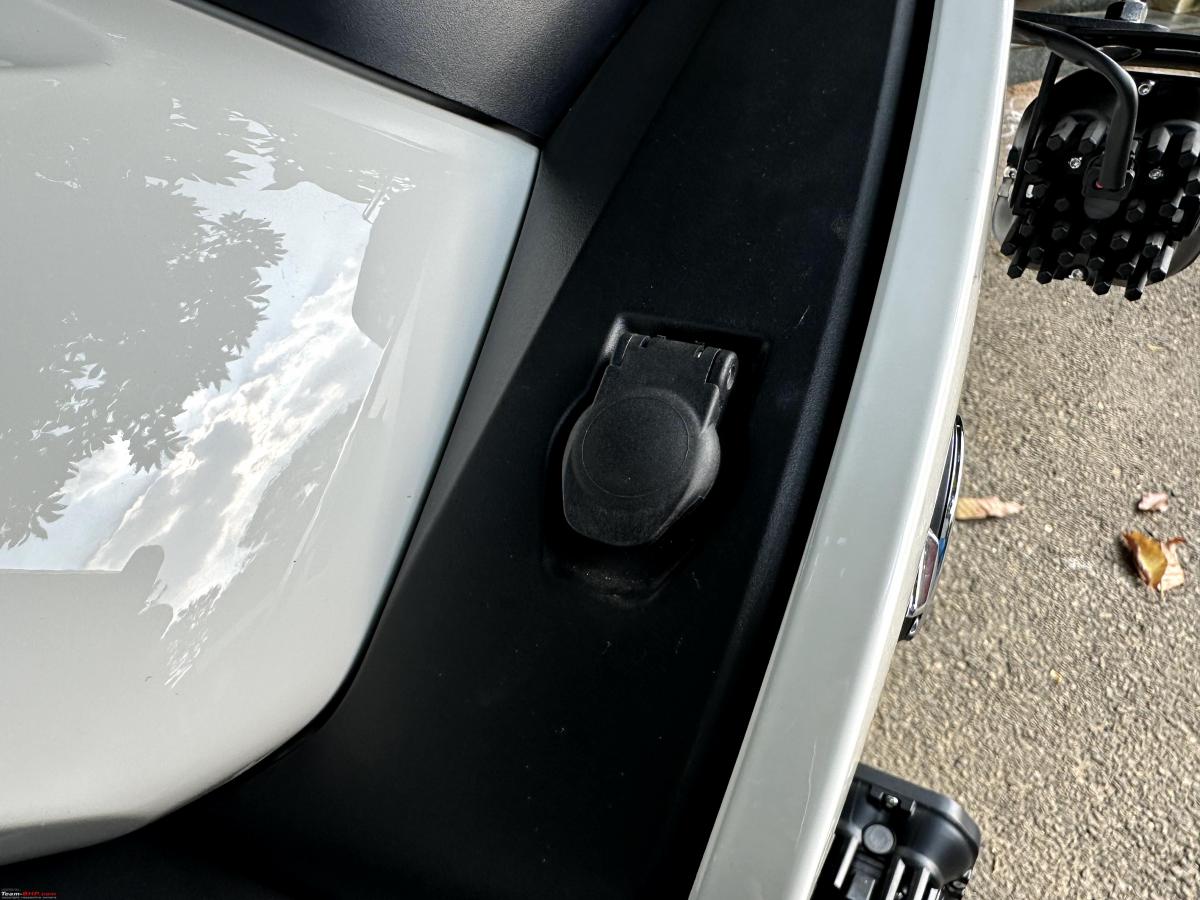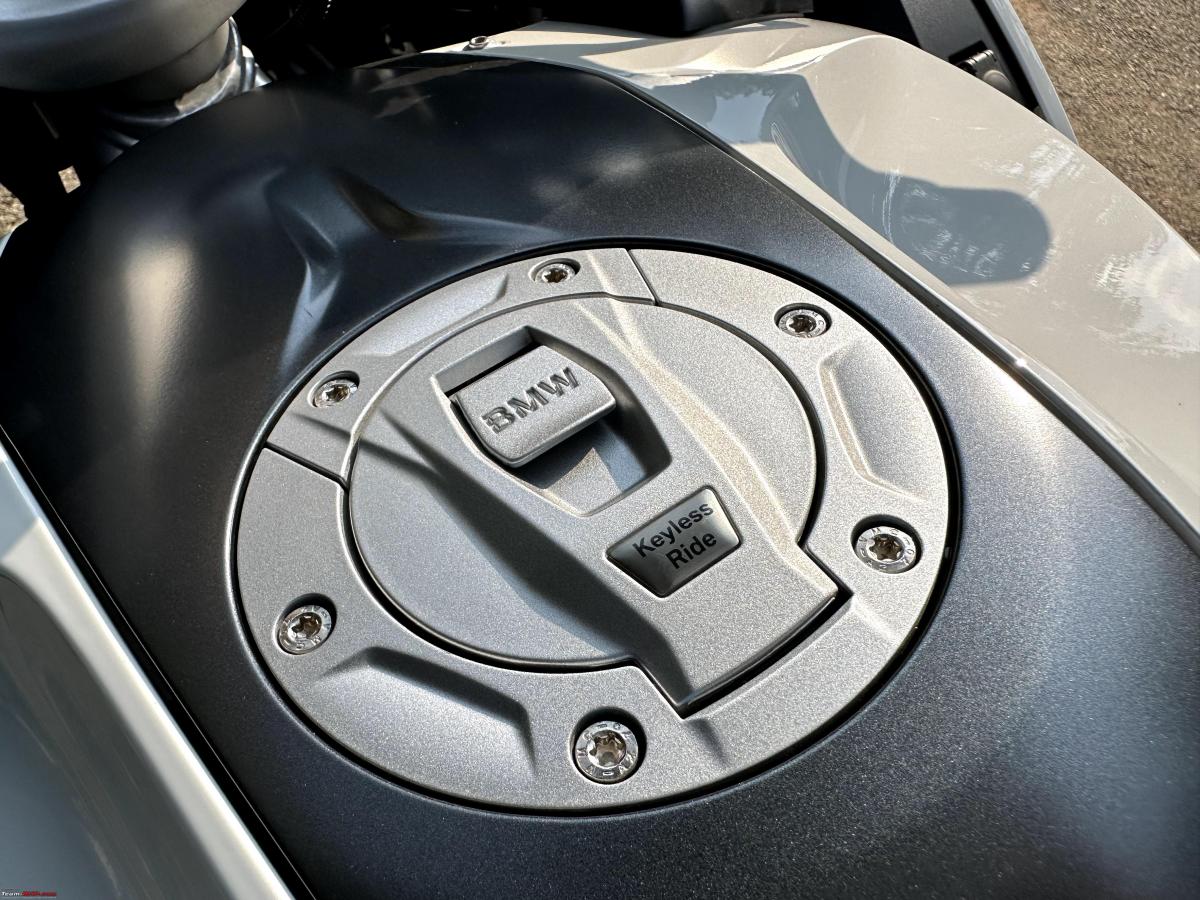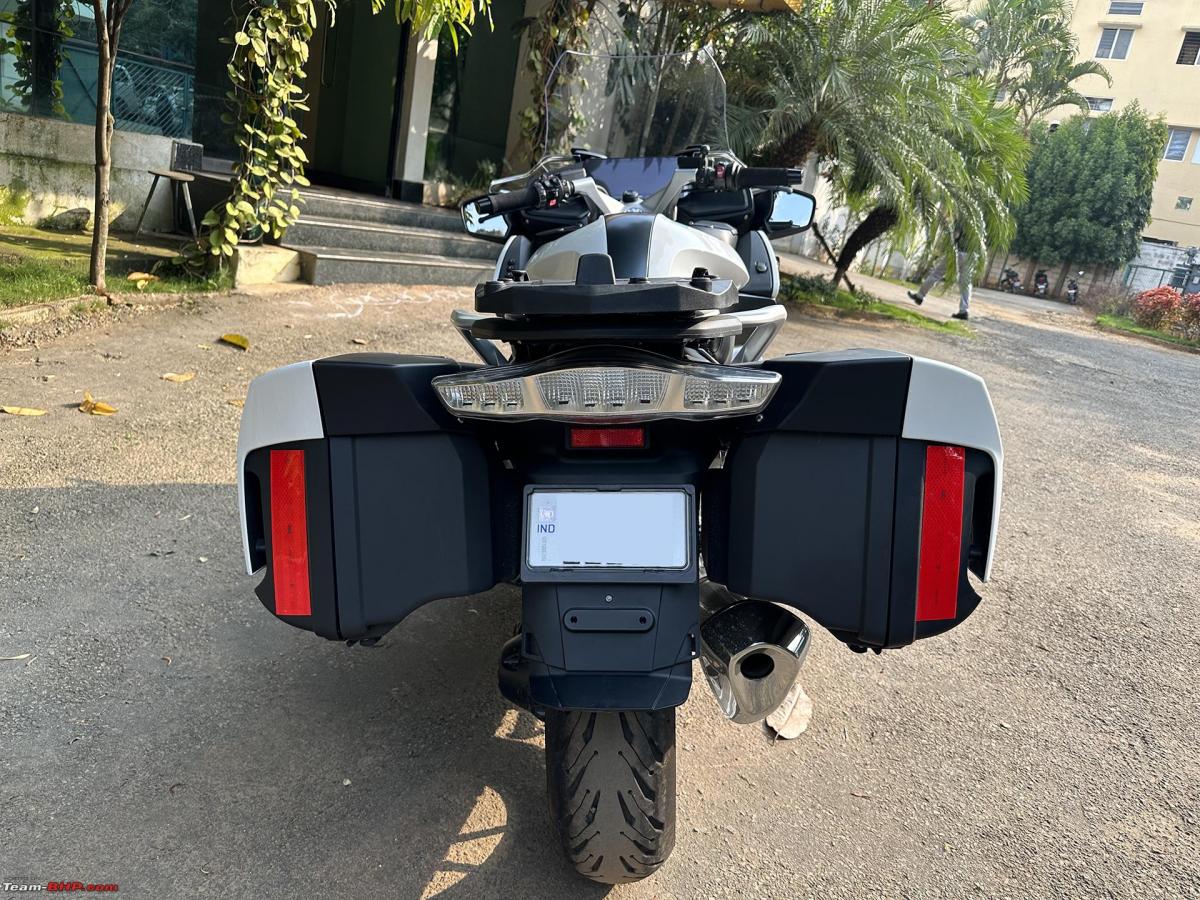The sports tourer is well-suited to fill the place between my two other motorcycles – a Harley Road Glide and BMW R1250 GS Adventure.
BHPian VellVector recently shared this with other enthusiasts.
Seeing a thread title with R1250, the first reaction must be – great another guy with a BMW GS. Then the last two letters RT – what’s that?
The BMW R1250RT
Introduction
The role that the RT was bought for was to fill the gap between two bikes already housed in my garage, a full-dress heavy cruiser in the form of a Harley Road Glide and the poster child of adventure bikes the BMW R1250 GS Adventure.
The new bike we were looking for would have to fill a place between the two – something with good suspension and decent ground clearance but also comfortable for longer highway rides.
A sports tourer seemed to be well suited to this role. At just this time the news came out that BMW would launch the updated R1250RT in India soon. I loved the GS and the incredible boxer engine – this bike seemed to be the perfect fit.
Following the news, began discussions with the various BMW dealers on when the bike would launch and be delivered – only one had placed an order for the bike and promised us the first delivery in the country if we booked with them. So never having seen the bike, we made a booking with the BMW dealer in Chandigarh.
Important to note that this would not be the first R1250RT in India but the first of the facelifted model.
The R1250 RT
BMW Motorrad began manufacturing the Reise-Tourer (travel tourer) or RT as the R100RT in 1976. The RT was built as a full dresser with a fairing derived from the R100RS and a large windshield.
The R100RT. Wikipedia Image.
In 1996 the R1100RT was introduced as the successor to the R100RT – here the bike received the paralever and telelever suspension made famous by the GS. The RT was considered the flagship of the R1100 family.
The 1100 to 1200RT – 6 Generations. Wikipedia Image.
As the GS became BMW’s flagship motorcycle – the RT has followed with the same family with new models pairing each new family of the GS.
In 2018, BMW launched the R1250RT – adopting the new 1250 Shift Cam engine and a range of new electronics. In 2021, BMW released a facelift of this bike which featured a new look, new infotainment suite and a range of new electronics.
From the BMW release on the facelift
The highlights of the new BMW R 1250 RT:
- Authentic boxer engine with BMW ShiftCam Technology for variation of the valve timings and valve stroke on the intake side.
- Powerful response across the entire engine speed range, exemplary fuel consumption, emission levels, running smoothness and refinement.
- Output and torque: 100 kW (136 hp) at 7 750 rpm and 143 Nm at 6 250 rpm.
- Knock sensor system for optimised travel suitability.
- New BMW Motorrad Full Integral ABS Pro as standard.
- Three riding modes as standard.
- New “Eco” riding mode for particularly economical riding as standard.
- Riding Modes Pro with additional riding mode “Dynamic” and new engine drag torque control (MSR) as an ex works option.
- Dynamic Traction Control DTC as standard
- Dynamic ESA “Next Generation” electronic suspension with fully automatic load compensation as an optional extra.
- Hill Start Control Pro (HSC Pro) with extended function as an ex works option.
- Newly developed front fairing with optimised aerodynamics.
- New LED headlamp as standard and new full LED headlamp with adaptive turning light as an ex works option
- Connectivity: New multifunctional instrument cluster with 10.25-inch full-colour TFT screen and numerous other features as standard.
- New “Comfort telephony with extended smartphone connection” option.
- New Audio System 2.0 option.
- New double tone fanfare as standard.
Delivery
Months had gone by since the original delivery date of early 2022 with no concrete answer for when the bike would be delivered.
Certain parts of the bike like the engine crash guard and lights had already arrived and were waiting for the bike.
In late August we finally got news that the bike had been shipped and the paperwork for delivery began. Unfortunately, the way the dealership handled this part of the process (the paperwork and registration) left a lot to be desired and left me with a bad taste for the whole experience.
However, I have said it in earlier posts as well – this is also a dealership I trust. Having had good sales and service experiences there before.
The bike packed and ready to ship from the dealer
Because of this trust, I didn’t even go down to Chandigarh to look at or take delivery of the bike – all the paperwork was couriered and a good friend who runs a transport company had the bike picked up from the dealership and trucked to Bangalore.
The bike was shipped straight to my factory, where we unloaded it. This was the first time I had seen the new R1250RT let alone ever sat on or ever ridden one.
Unloading the bike in Bangalore
A little bit of assembly later and it was ready to go.
The first facelifted 1250RT in India
The Walk Around
The first thing that struck me about the RT was that it’s a pretty big bike. Sounds moronic when you say it out loud – but I was expecting something a bit smaller.
The bike with the aftermarket top box attached.
The bike has an interesting modern – retro look to it in my opinion, it has smooth-flowing lines from older generations complemented by straight angles which give it a modern look.
The panniers are a standard fitment for the bike and are remote lockable from the handlebar.
The front profile of the bike looks modern and big.
The new adaptive headlight released on the facelift
The BMW Badge is prominently displayed and catches a lot of attention.
Coming around to the rider’s side, the massive 10-inch display is the first thing that stands out. The fairing is wide and has the mirrors integrated into them.
Both the brake and clutch levers have quick adjustment dials
The switchgear is of high quality and similar to the GS. Here you can see the cruise control controls and adaptive cruise button. Also the height control for the windshield.
The right side has the remote lock for all the storage, riding modes and engine on and kill switch.
The engine has a plastic shroud across the back.
A din port is located on the right side of the fairing.
The left side of the fairing has four programable favourite buttons. I have not found these to be of much use to me.
The pegs are wide with a rubber grip and the brake lever is also wide and easy to find.
The tank cap is keyless which I think is a big mistake. I have had an issue in the past where in the middle of the Spiti Valley the tank lid of my GSA stopped opening. The only way to continue using the bike was to unscrew the lid with a Torx key – fill it up and assemble the whole thing again. A flawed design for a critical component.
The exhaust is chrome from the head till the end. The bike also comes stock with a centre stand.
The rear wheel is shod with Michelin Road 5 GT tires.
Finally, the rear view. Due to the matt black plastic used on the panniers, the width of the bike is not visible on the road. Add on reflective tape or lights are a must.
The bottom holes in the fender are meant for a larger license plate. They make a sore sight exposed with the Indian HSRP design. BMW should have thought of a cover here.
Quick note – I will be making some comparisons to the BMW GSA since that is what most people ask me about this bike. The GSA has been reviewed in depth on this great thread.
My two boxers – the GSA along with the RT.
Continue reading VellVector’s review for BHPian comments, insights and more information.
Source: Read Full Article

